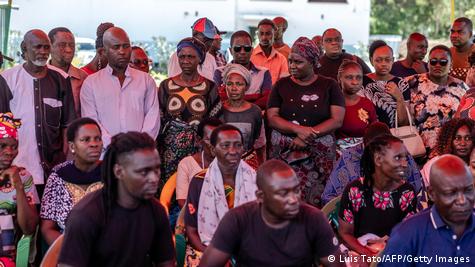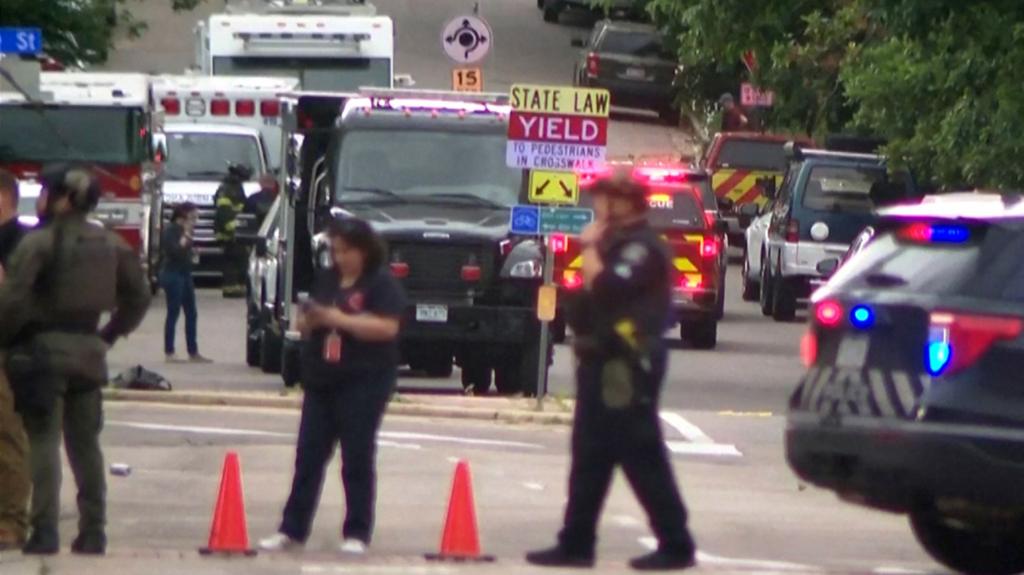- Reuters
- 1 Hour ago

Victims’ bodies returned after willful starvation in a religious cult
-
- DW
- Mar 27, 2024

MALINDI: Kenyan authorities on Tuesday began releasing the bodies of victims of a doomsday starvation cult to distraught relatives.
A year after the exhumation of victims of a starvation cult in Kenya, authorities handed over the first remains to their relatives.
The operation comes almost a year since the discovery of mass graves near the Indian Ocean town of Malindi in a grisly case that shocked the world.
Read more: More than 63,000 people dead or missing during migration over last decade: IOM
“It is a relief that we finally have the bodies but it is also disheartening that they are only skeletons,” William Ponda told the AFP news agency, saying he has lost his mother, brother, sister-in-law and nephew in the tragedy.
They are the first bodies to be handed over to their relatives for burial after months of painstaking work to identify them using DNA.
What we know about the ‘Shakahola forest massacre’
Hundreds of bodies, including those of children, have been dug up from the shallow mass graves discovered in April last year.
Self-proclaimed pastor Paul Nthenge Mackenzie is alleged to have incited his followers to starve to death in order to “meet Jesus.”
The death cult has been dubbed the “Shakahola forest massacre”.
Mackenzie, a former taxi driver turned preacher, has pleaded not guilty to 191 counts of murder, manslaughter and terrorism. He has also been charged with child torture and cruelty.
Slow process to identify victims
While starvation caused many deaths, some of the bodies, including of children, showed signs of death by asphyxiation, strangulation or bludgeoning, according to government autopsies.
Read more: Tax hike in Pakistan cuts cigarette consumption, says IMF
Authorities are using DNA testing to help identify bodies and their families.
Chief government pathologist Johansen Oduor stated that the identification process was slow due to the lack of families claiming the bodies, making it difficult to obtain DNA samples.






